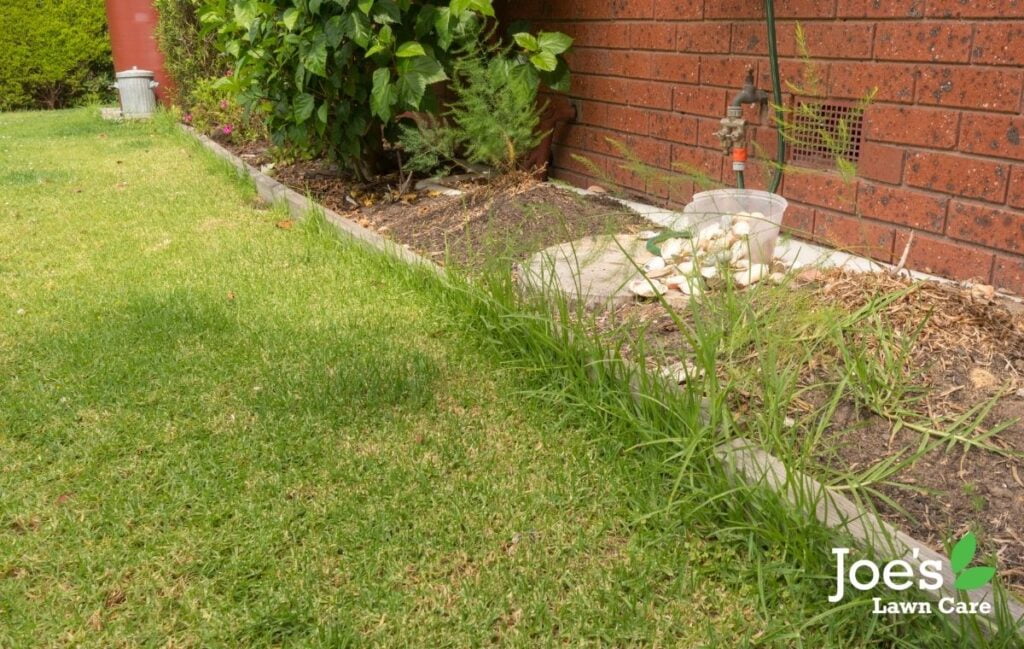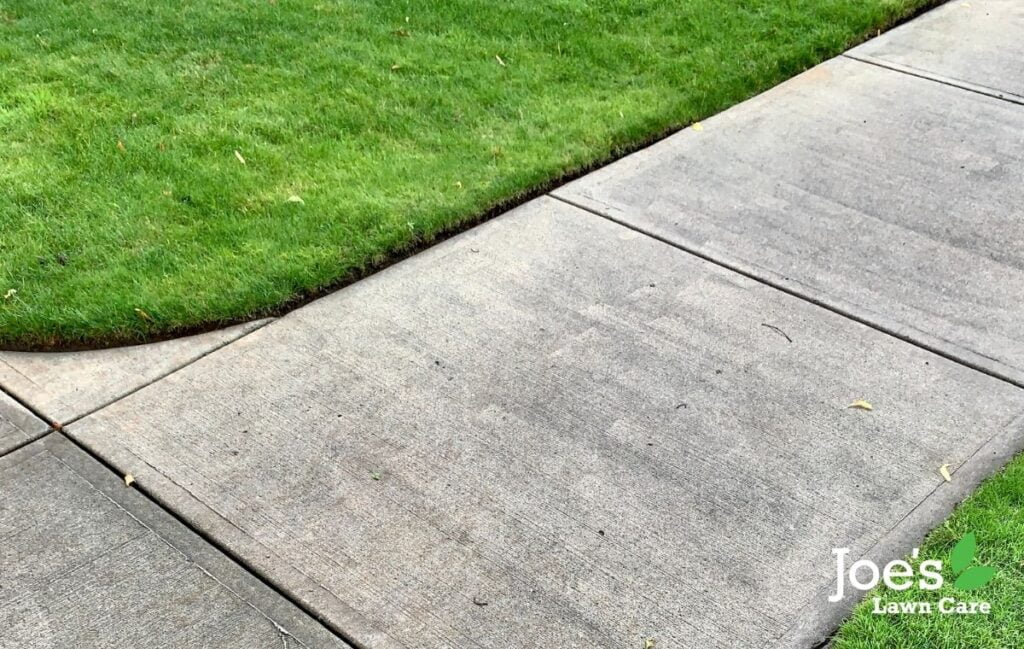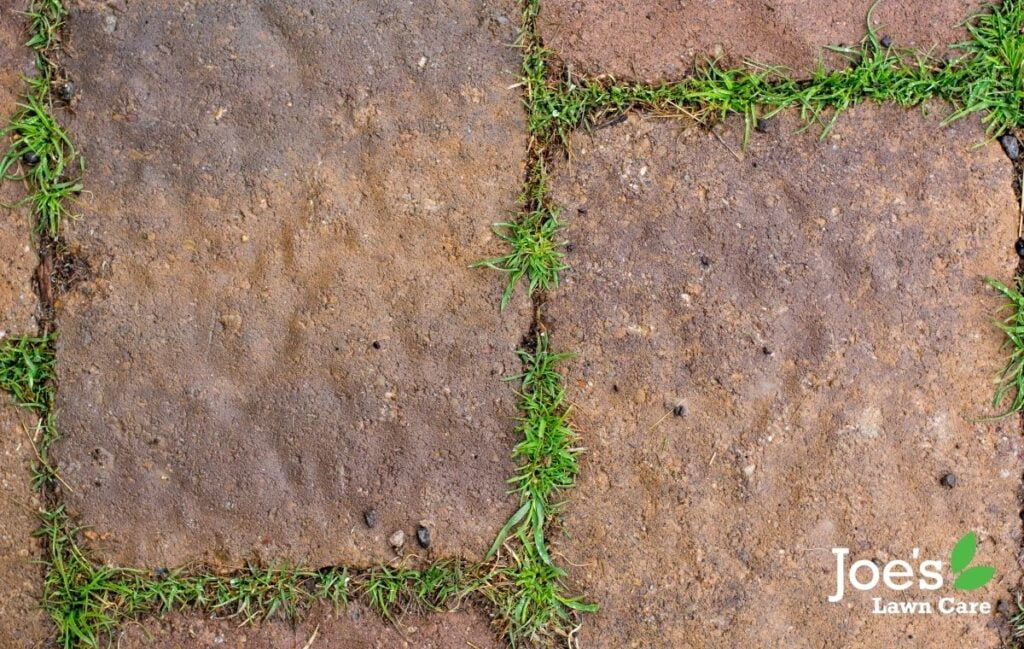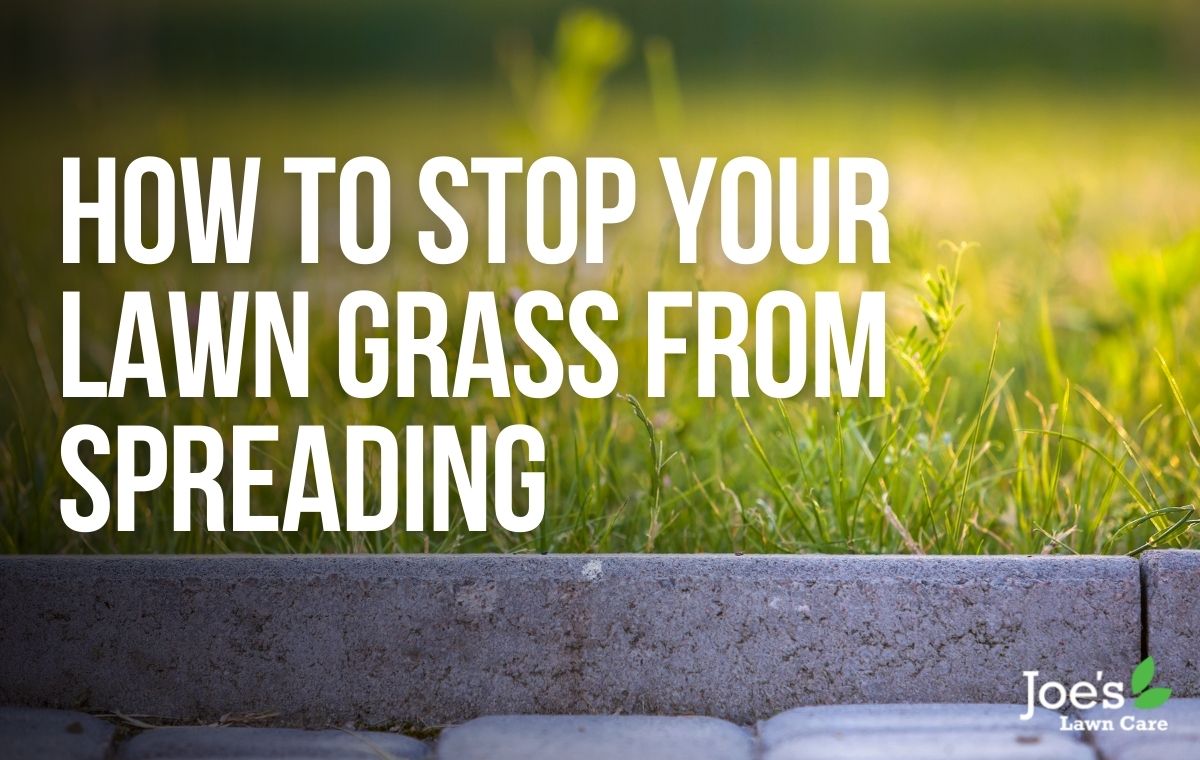How to Stop Your Lawn Grass From Spreading
There’s a bunch of reasons why we’re such big fans of perennial lawn grasses. At the top of the pile is their ability to spread out and fill in any bare patches (before your neighbour’s pesky weeds do). That’s their superpower. They grow into thick, lush and healthy-looking lawns. Which will leave your neighbour Googling: “How to make my grass greener?”
That said, it’s this exact quality that can mean your grass starts spreading to places you don’t want it to. Such as your flower beds, veg patch, pavements, driveways, edgings and patio cracks. But don’t start panicking just yet. We’ve pulled together a helpful guide that delves into how your perennial grass reproduces and spreads, so that you can better control your lawn. Please read on how to stop your lawn grass from spreading and making your garden unsightly.

3 Ways Turf Grass Can Reproduce
When it comes to reproducing, there are three main ways in which your turf grass goes about spreading out into both bare patches and those areas you want to keep grass-free, and this is them:
Reproduction Method No.1:
The most common way simply involves your grass flowering and then producing seeds. The seeds can then either fall into the soil around your grass. Or these seeds can be picked up by the wind and spread further afield, where they’ll begin to germinate and then grow roots.
Reproduction Method No.2:
Another way your grass plants are able to spread out is through their roots. Also known as rhizomes. The way this works is pretty incredible too. Once a grass plant has grown roots, these roots are able to travel underground and then sprout up in nearby areas.
Reproduction Method No.3:
And last but not least. Grass is able to reproduce and spread out through something called stolons. These are stems that grow along the ground surface and then produce upright shoots when they find suitable soil to grow a new plant from.

Of course, most lawn seeds nowadays are a mix of different grass varieties. It only takes a little bit of close inspection to see which parts of your lawn are dominated by which type of grass by simply looking at their different germination habits.

5 Ways To Stop Your Grass Spreading
Let’s get the bad news out of the way first, shall we: finding a way to stop your grass from spreading here, there and everywhere can be an ongoing battle drought with trial and error. Luckily, there are at least five different techniques that you can try out until you find the one that works for you – and once you know, it’ll get easier and easier each time:
Hand-to-grass combat:
If you think that subtitle was just a cool way to dress up a tiresome chore, you’re absolutely right. But here’s the thing about weeding your unwanted grass by hand. It’s one of the most effective and environmentally friendly ways to remove any grass that’s spread into your flower beds. Sure, it’s laborious but it’s also pretty good for both your physical and mental health. High five.
Fire up the weed torch:
That might sound like a phrase your teenage son says during Freshers Week. But trust us, applying some extreme heat on your unwanted turfgrass is a seriously effective way to get a grip on this problem. What’s more, because of the way these tools are designed, they’re able to kill off specific patches of grass without harming the surrounding vegetation.
Hit it with a broad-spectrum herbicide:
Most weed-killers have been purposefully designed to only kill weeds, while leaving your grass totally unharmed. As such, an ordinary weed killer won’t have any impact. But get your hands on a broad-spectrum herbicide. Such as Roundup, and you’ll have no problems getting rid of any grass that’s infiltrated another area of your plot. Or get the experts in.
Bunchgrass is the best:
For those that haven’t heard of bunchgrasses before, they’re essentially a variety of grass that don’t spread through stolons or rhizomes. Such as perennial ryegrass and fine fescues. Translation: they stay where you plant them. So if you can’t stand seeing your grass spread elsewhere any more, you’re best bet could be reseeding your lawn with a bunchgrass and starting over. Or if that sounds like too much hassle, you could use bunchgrass seed every time you top-seed your lawn and let the takeover happen a lot more gradually.
Deep and tall edges:
When you don’t want your lawn to spread beyond its designated borders, a pretty effective method to deploy is an edge. But not just any edging because you’ll need it to be both deep and tell and made of something sturdy enough it won’t let any grass roots through. Something like aluminium. We would love to say timber is a great option, and it is, but it will eventually rot away. Bricks tend to crack, leaving gaps for your grass to spread. So opt for a metal edging and then make sure it’s dug deep enough to stop any roots getting under it and tall enough to prevent ant stolon-spreading grasses from getting over it. Voila.

Thanks for reading our blog on ‘How to Stop Your Lawn Grass From Spreading’. For more lawn care tips and tricks, follow us on Facebook and Instagram.





